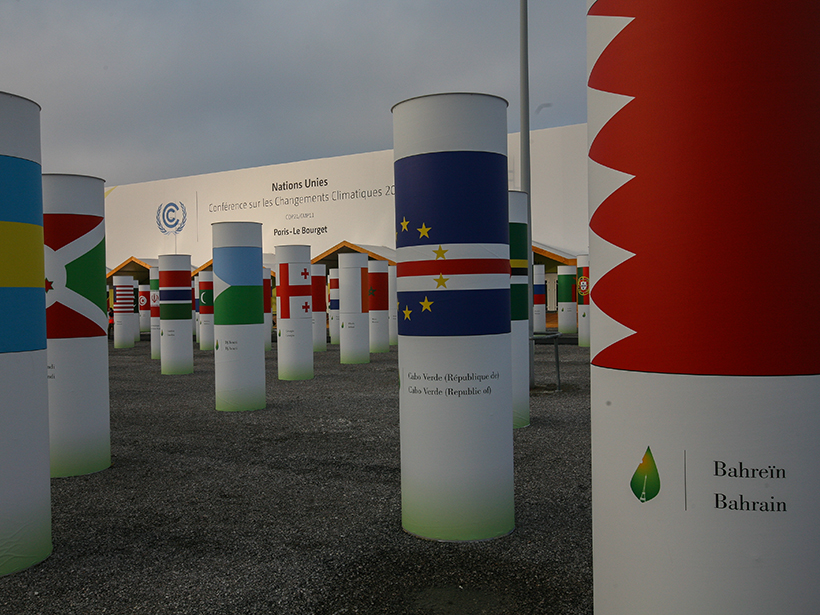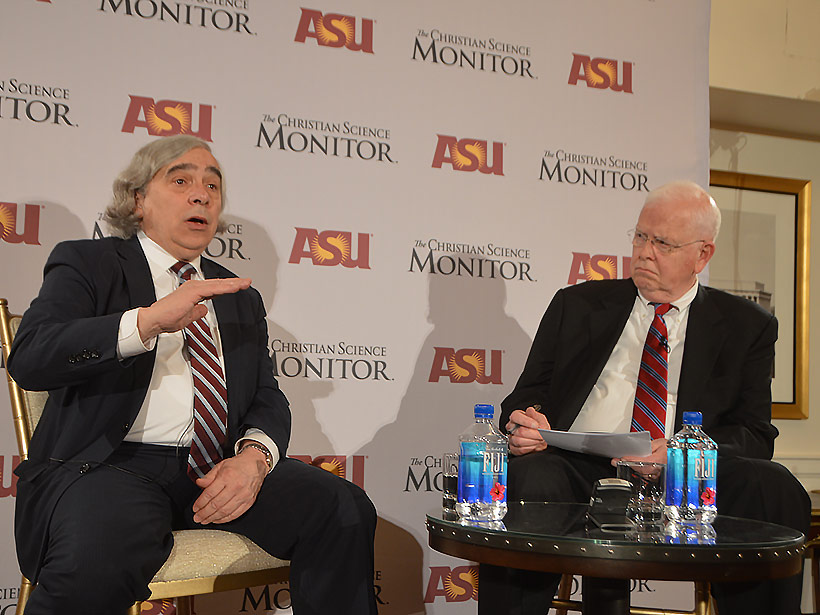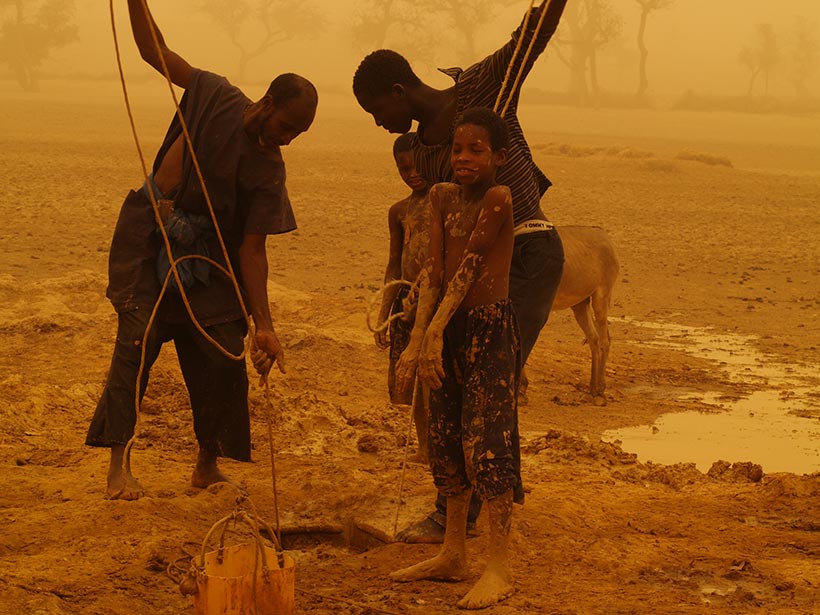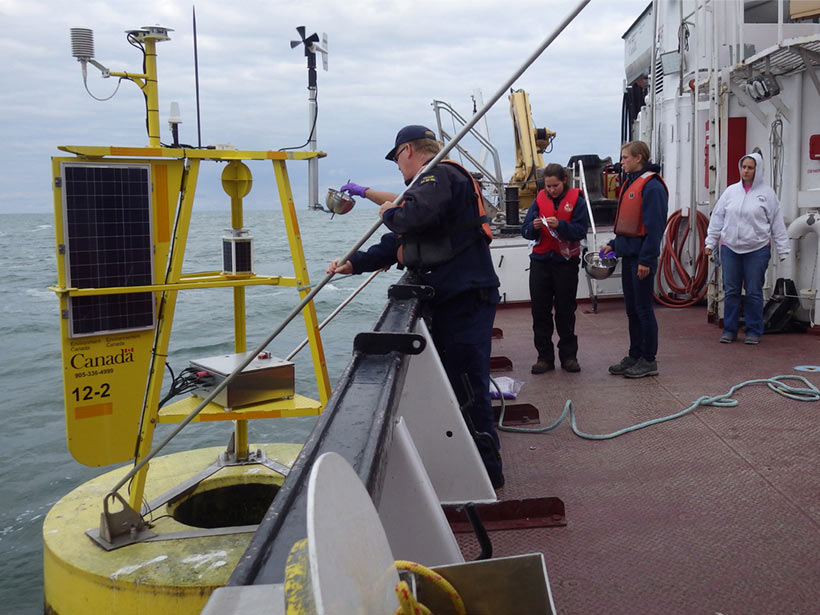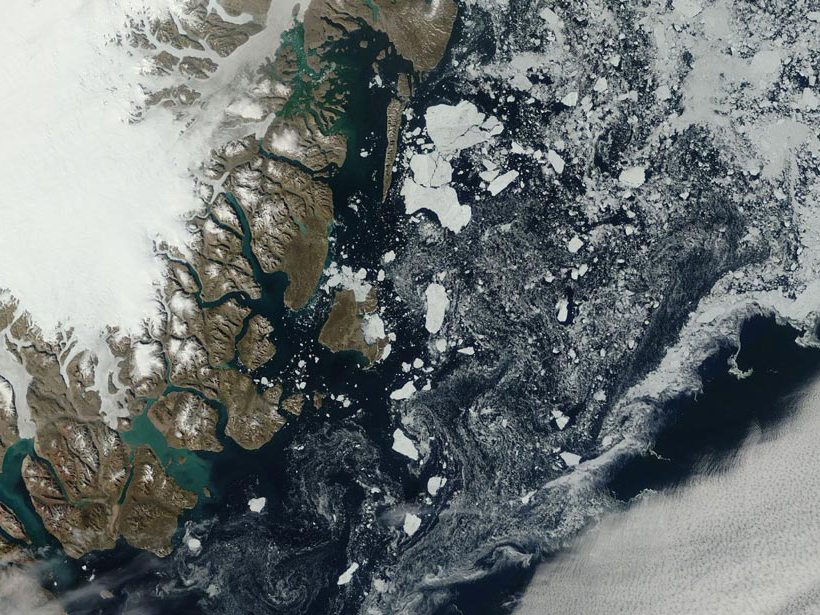The Republican presidential candidate also attacked regulation of energy production by the Environmental Protection Agency.
carbon emissions
Europe to Push Paris Climate Accord over Brink to Take Effect
Enough member states in the European Union have already individually ratified the agreement to meet the emissions requirement for the agreement to go into force.
Aquatic Plants May Accelerate Arctic Methane Emissions
About two thirds of the gas produced by a study area near Barrow, Alaska, came from increasingly abundant greenery covering only 5% of the landscape, researchers estimate.
El Niño Will Increase Atmospheric Carbon to Historic Levels
Tropical fires and drought-stricken ecosystems that normally serve as sinks will release carbon, contributing to high atmospheric concentrations through 2016 and beyond.
The 2015 Indonesian Fires: Less Carbon Release Than Was Thought
Preliminary results from field measurements of smoldering Kalimantan peatlands suggest that the fires emitted 8% less carbon dioxide and 55% less methane than were previously estimated from lab tests.
Nations’ Pledges to Reduce Emissions and the 2°C Objective
Preparatory workshop for the 21st Conference of Parties to the United Nations Framework Convention on Climate Change; Paris, France, 3 November 2015
U.S. Energy Secretary Says Paris Accord Cuts Are Not Enough
Moniz foresees progress on climate change in the United States no matter who wins the U.S. presidential election.
New Climate Studies: Worse Risks at 2°C Rise, Higher Rise Likely
Although the Paris agreement scheduled to be signed 22 April aims for a 2°C warming cap, new findings show that even a 1.5°C rise will hit glaciers hard.
Algae Blooms and Gas Wells Drive Lake Erie Methane Emissions
In one of the first studies to investigate large lakes as methane sources, researchers found that Lake Erie is releasing more of the potent greenhouse gas than expected.
Current Carbon Emissions Unprecedented in 66 Million Years
An ancient carbon dioxide release associated with a much hotter Earth than today took place at only a tenth the pace of our present atmospheric carbon buildup, a new study confirms.






